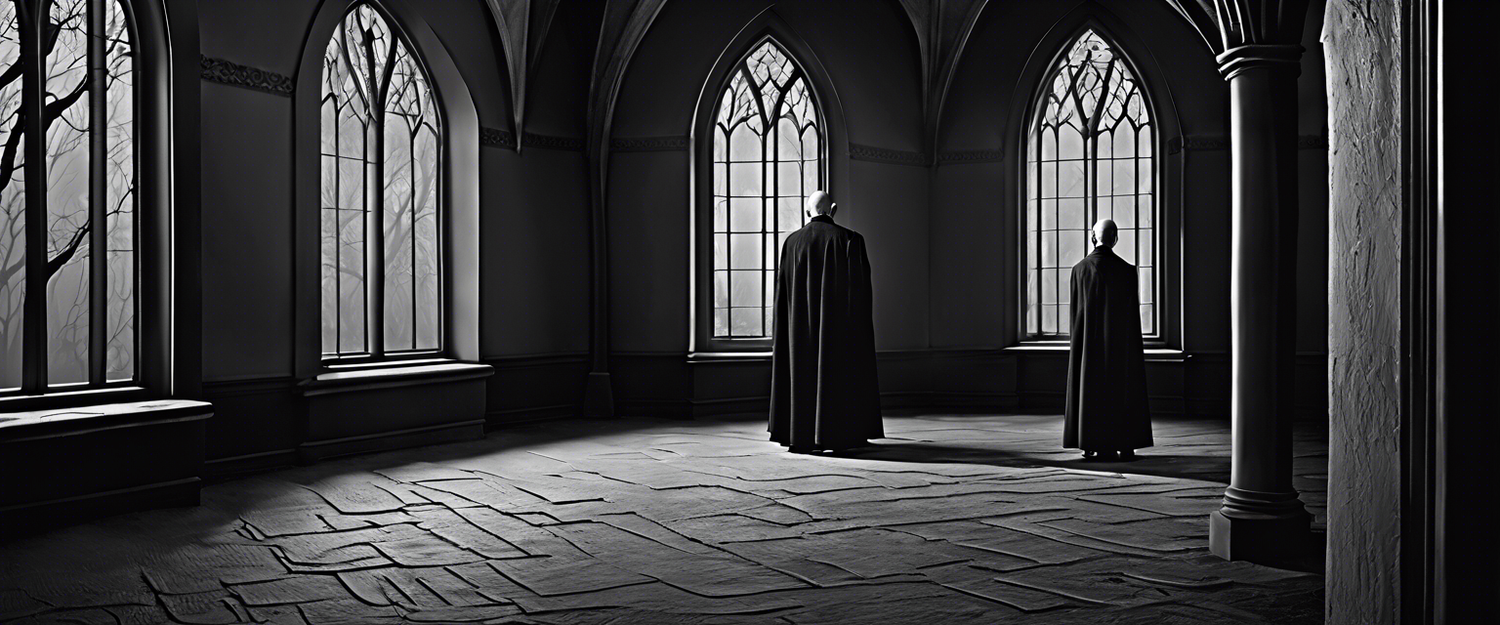Rediscovering Nosferatu: Robert Eggers' Disturbing Take on a Horror Classic
Although the Dark Universe may have faded away, director Robert Eggers is breathing new life into the horror genre with his upcoming remake of Nosferatu. In this article, we’ll explore how Eggers' unique vision revitalizes the classic narrative, bringing forth themes of desire, power dynamics, and the essence of humanity.
The Vision of Robert Eggers
Eggers is known for his intricate storytelling and atmospheric tension. His previous films, such as The Witch, The Lighthouse, and The Northman, feature complex characters and surreal horror elements, making viewers question their realities. His rendition of Nosferatu promises to be no different as he offers an experience that merges eroticism with the macabre.
Aesthetic and Tonal Inspirations
The new Nosferatu pays homage to F.W. Murnau's iconic 1922 silent film while forging a new path that emphasizes a darker, sexualized narrative. Bill Skarsgård takes on the role of Count Orlok, while Lily-Rose Depp plays his tormented love interest, Ellen Hutter. Eggers looks to evoke the underlying themes of Bram Stoker's Dracula, especially the fraught romance between monsters and humans.
Embracing Themes of Desire and Power
Eggers draws parallels between his film and classic literature, particularly Emily Brontë's Wuthering Heights. Both narratives feature themes of passion intertwined with despair, complicating the viewers' understanding of love and possession. Eggers states, "It was always clear to me that Nosferatu is a demon lover story," emphasizing the complexity of the relationships he seeks to explore.
Character Dynamics: Ellen and Count Orlok
In this reimagining, Ellen represents a woman torn between societal expectations and her vivid awareness of her own desires. Her husband, Thomas, portrayed by Nicholas Hoult, struggles to understand Ellen’s tormenting visions, illustrating the dismissive attitudes towards women’s experiences in 19th-century society. This dynamic sets the stage for Ellen’s connection with Count Orlok, hinting at the seduction that lies within danger.
The Role of Misogyny in the Narrative
Eggers accentuates how the dismissive attitudes of male characters serve as a metaphorical monster in the storyline. As Ellen finds solace in her supernatural connection with Orlok, viewers are invited to reflect on the broader implications of companionship, desire, and the struggles of women in a patriarchal society.
Visual and Auditory Horror Elements
The film's aesthetic choices pair horror with sensuality, creating an intoxicating atmosphere that lingers long after viewing. Audiences are drawn into Ellen's chaotic world through unsettling imagery and suggestive sound design, evoking a mix of fear and longing.
Count Orlok: The Alluring Monster
Eggers ensures that Count Orlok retains an air of allure despite his grotesque nature. While fully aware of his undead status, the film portrays him as a being that embodies raw magnetism, balancing horror with beauty. This duality allows audiences to simultaneously fear and feel drawn to Orlok.
The Tension of Male Characters
Eggers includes male characters, played by Willem Dafoe and Simon McBurney, who offer both depth and moments of levity. The tension grows as the narrative unfolds, showcasing how their ignorance puts their lives in jeopardy, while also infusing humor to balance the film’s darker themes.
The Creation of a Modern Horror Classic
As Nosferatu approaches its release, it stands at the intersection of classic horror and contemporary storytelling. Eggers' vision dismantles conventional narratives, allowing for a fresh exploration of sexuality, fear, and the human condition. This film not only revisits a historic tale but also crafts a modern mythology reflecting current societal fears and desires.
Conclusion: A New Era for Horror
With Robert Eggers at the helm, the latest iteration of Nosferatu promises to captivate audiences through deep psychological and emotional exploration. By juxtaposing eroticism with horror, Eggers crafts an unsettling yet thought-provoking narrative that redefines the vampire genre for a new generation.
As we await the film’s release, it’s clear that Eggers has created more than just a horror story; he has woven a complex tapestry that reflects contemporary anxieties, desires, and human struggles.



Оставить комментарий
Все комментарии перед публикацией проверяются.
Этот веб-сайт защищается hCaptcha. Применяются Политика конфиденциальности и Условия использования hCaptcha.